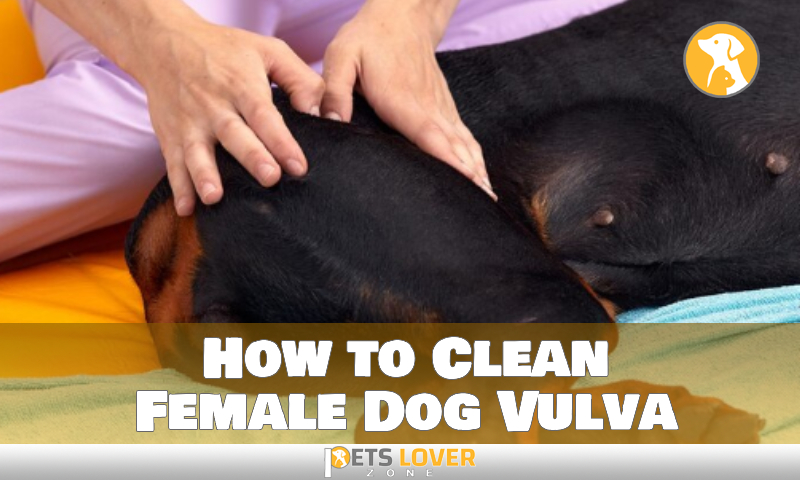To trim a great pyrenees, use clippers or scissors to carefully trim the fur, paying extra attention to areas prone to matting such as the ears and tail. Great pyrenees have a thick double coat that requires regular brushing to prevent matting and remove loose hair.
They do not require frequent bathing, as this can strip the natural oils from their coat. Instead, focus on keeping their coat clean and well-groomed through regular brushing and occasional trimming. By following these guidelines, you can keep your great pyrenees looking neat and well-maintained.
Preparing Your Great Pyrenees For Grooming
Preparing your great pyrenees for grooming involves following specific tips for bathing and drying. Start by brushing out any tangles and mats to ensure a smooth grooming process. Properly detangling your dog’s coat beforehand will make bathing easier and prevent tugging or discomfort.
Next, choose a gentle dog shampoo that is suitable for the great pyrenees breed and their specific skin needs. Be sure to rinse thoroughly to remove all traces of shampoo, as leftover residue can cause skin irritation. After shampooing, carefully dry your great pyrenees using a towel or a low-heat blow dryer.
Make sure to dry their entire coat, including hard-to-reach areas such as the underbelly and behind the ears. Regular grooming sessions will help keep your great pyrenees healthy and their coat in optimal condition.
Trimming The Great Pyrenees’ Body Coat

To achieve a balanced and symmetrical trim for your great pyrenees, there are a few techniques to keep in mind. First, gently comb through the long, flowing hair to remove any tangles or mats. Next, use sharp scissors to carefully trim the hair around the ears, being mindful of the desired shape.
Moving on to the body coat, use a comb and scissors to trim the hair to a desired length, ensuring an even trim all around. Pay attention to areas such as the chest, belly, and tail, as they may require additional trimming.
Finally, take regular breaks during the trimming process to give your furry friend time to rest and avoid any stress. With these steps, you can achieve a stunning appearance for your great pyrenees while maintaining a healthy and comfortable coat.
Grooming The Great Pyrenees’ Facial Features
Grooming a great pyrenees’ facial features involves careful trimming around the eyes, ears, and muzzle. This helps give them a well-groomed and expressive face. When trimming around the eyes, make sure to be gentle and use small, sharp scissors. Take your time to trim any long hairs that obstruct your vision.
Similarly, when trimming around the ears, be cautious and remove any excess hair that might get dirty or matted. Finally, pay attention to the muzzle area, ensuring it remains neat and tidy. Regular grooming sessions can help prevent debris buildup and maintain the great pyrenees’ facial appearance.
By following these tips, you can keep your great pyrenees looking amazing and feeling comfortable.
Nail Trimming And Hygiene Maintenance
Maintaining proper hygiene for your great pyrenees includes regular nail trimming. This grooming task is essential for your dog’s overall health and well-being. To ensure a successful nail trim, it’s important to use proper techniques. Begin by providing a calm and comfortable environment for your dog.
Gently hold your dog’s paw and carefully trim the tip of each nail, taking care not to cut too close to the quick. If your dog has dark nails, pay extra attention to avoid cutting into the sensitive area. Regularly inspect your dog’s ears, eyes, and anal area for cleanliness and potential issues.
By following these guidelines, you can promote good hygiene and keep your great pyrenees healthy and happy.
Dealing With Excessive Shedding In Great Pyrenees
Excessive shedding in great pyrenees can be a challenge to deal with, but there are strategies that can help reduce it and keep your home clean. Regular grooming is essential to keep the fur under control. Brushing your great pyrenees daily not only removes loose hair but also helps distribute natural oils and prevents mats.
Bathing your dog every few weeks can also help remove loose hair and keep its coat healthy. A healthy diet is important too, as it can help minimize shedding. Providing your great pyrenees with a balanced diet that includes high-quality proteins and essential fatty acids can improve the overall condition of their skin and coat.
Additionally, keeping your home clean by vacuuming regularly can help control the amount of hair that accumulates. By implementing these strategies, you can effectively manage shedding in your great pyrenees and maintain a clean and comfortable home environment.
Handling Tangles, Mats, And Knotting In The Coat
Handling tangles, mats, and knots in the coat of a great pyrenees requires specific techniques and care. To effectively remove tangles without causing discomfort, it is important to follow certain methods. Preventative measures play a significant role in minimizing matting.
Regular brushing using a slicker brush or a wide-toothed comb can help prevent the formation of tangles. Begin by gently separating smaller tangles with your fingers, and then use the brush or comb to carefully detangle the rest of the fur.
It is essential to be patient and avoid pulling or tugging on the hair. If you come across stubborn knots, applying a specialized detangling spray can help soften the fur and make it easier to remove the tangle. Taking the time to properly handle tangles and mats will ensure that your great pyrenees’ coat remains healthy and beautiful.
Addressing Common Skin And Coat Issues

Great pyrenees are beautiful dogs known for their stunning coats, but they can also suffer from various skin issues. It is crucial to identify and manage skin allergies and irritations in these majestic creatures. Proper nutrition plays a significant role in promoting a healthy coat.
Ensure that your great pyrenees receive a well-balanced diet that includes essential omega-3 fatty acids and antioxidants. Regular grooming sessions are also essential to help keep their coat in good condition. Bathing should be done with a gentle shampoo and conditioner specifically formulated for dogs with sensitive skin.
Avoid over-bathing as it can strip the coat of its natural oils. Regular brushing helps to remove loose hair and prevent matting. If you notice any signs of skin irritations or allergies, consult a veterinarian for proper diagnosis and treatment.
By addressing common skin and coat issues, you can keep your great pyrenees looking and feeling their best.
FAQ
Is It Okay To Trim A Great Pyrenees?
Trimming great pyrenees is generally not recommended, as their coat serves as insulation. However, regular grooming to remove tangles and mats is essential for maintaining their coat’s health. Professional assistance may be needed for trimming to avoid damaging the natural protective qualities of their fur.
How Often Do Great Pyrenees Need Haircuts?
Great pyrenees typically do not need haircuts often. Their thick double coat helps regulate body temperature and protects them from extreme weather conditions. Regular brushing and grooming are important to prevent mats and keep their coat healthy.
Should You Cut A Great Pyrenees Hair In The Summer?
To keep your great pyrenees comfortable in the summer, it is not recommended to cut their hair. Their thick coat provides insulation and protects them from the sun. However, regular brushing will help remove loose hair and keep it cool.
What Kind Of Brush Is Best For A Pyrenees?
For a pyrenees, the best brush is a slicker brush with long, dense bristles. This type of brush helps to remove loose hair and prevent matting in their thick coat.
Conclusion
Maintaining your great pyrenees’s coat is essential for their overall health and well-being. Regular trimming not only improves their appearance but also helps prevent matting and skin issues. Remember to brush your dog’s coat thoroughly before starting the trimming process, ensuring all tangles and knots are removed.
Use the appropriate tools, such as scissors or clippers, and work carefully, taking breaks if needed to keep your furry friend comfortable. Pay extra attention to sensitive areas like the ears, paws, and tail, and be cautious not to cut too close to the skin.
After the trimming is complete, reward your great pyrenees with praise and treats for their cooperation. By following these guidelines and staying patient, you can maintain well-groomed great pyrenees and contribute to their overall happiness and comfort. Happy trimming!






